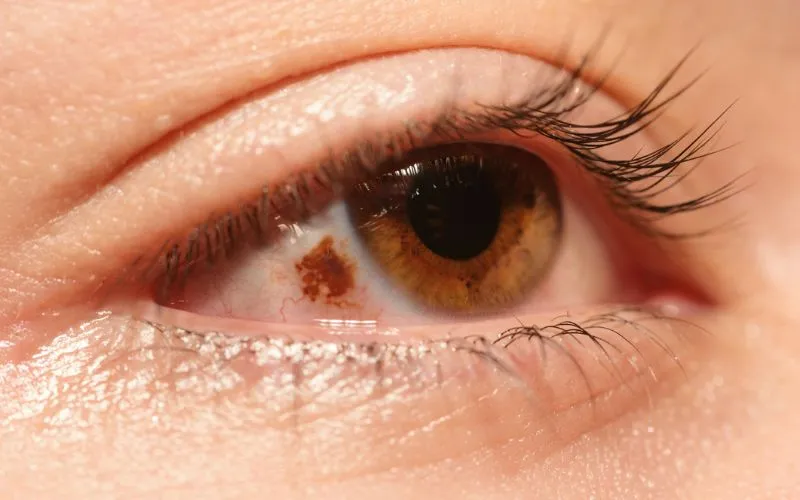A nevus is a pigmented growth that occurs on or in the eye. They are often referred to as “eye freckles” and are similar to moles on the skin. Nevi (the plural of nevus) are common and usually remains benign (non-cancerous), although in rare cases they can develop...
Epiphora: What Is Excessive Tearing?
Excessive tearing, or epiphora, is an eye condition experienced by millions of Americans. There are various causes of epiphora and many ways to treat it. This article will examine what it is, the causes, and how you can find symptomatic relief. What are Tears? The...
Dean McGee Eye Institute Receives Grant from Knights Templar Eye Foundation to Establish $4 Million Endowment for Pediatric Vision Research
The Knights Templar Eye Foundation (KTEF) has awarded the Dean McGee Eye Institute (DMEI) a $2 million grant to establish an endowment for pediatric vision research. This amount is being matched with $2 million from the DMEI Foundation to create a $4 million...
Dean McGee Eye Institute, Together with OU Health, Offering New Gene Therapy Treatment for an Inherited Retinal Disease
News Release Dean McGee Eye Institute, Together with OU Health, Offering New Gene Therapy Treatment for an Inherited Retinal Disease The Dean McGee Eye Institute (DMEI) has been named one of the newest sites for administering Spark Therapeutics’ LUXTURNA® (voretigne...
Why Do I Have a Black Dot in My Eye?
Clear vision is easy to take for granted in our high-paced, screen-facing world. You wake up one day and notice tiny black spots in your line of sight. These optical spots, called floaters, are a common part of aging that are often harmless; however, they can...
How Does an Optical Illusion Work?
If you have been to a science museum or an art gallery, or browsed social media, chances are you have come across an optical illusion. When your brain interprets an image in more than one way or in a way that is different from reality, you are experiencing an optical...
Polarized vs. Non-polarized Sunglasses: What Is the Difference?
When purchasing a new pair of sunglasses, you will typically encounter the question – do you want polarized or non-polarized lenses? Despite this common question, many people do not know the difference between the two or if one type of lens is more beneficial than the...
What Is Heterochromia and Why Do Some People Have Different Colored Eyes?
Almost all humans have two eyes that are the same color. Encountering someone with two different colored eyes is rare. In fact, only about 6 in every 10,000 people in the United States have different colored irises, a phenomenon known as heterochromia. We will discuss...
Life After Retinal Detachment Surgery
The retina is a thin layer of cellular tissue at the back of the eye that receives light rays and converts them into electrical signals that travel to the brain via the optic nerve, generating the image you see. In certain situations, the retina can detach from the...
Myopia vs. Hyperopia: What Is the Difference?
Myopia (nearsightedness) and hyperopia (farsightedness) are two main types of refractive errors. These errors occur due to eye abnormalities that prevent light from focusing on the retina. The retina, which contains light-sensitive cells at the back of the eye,...
Why Is My Eyelid Twitching?
Eyelids play an important role in eye health, helping to keep the eyes lubricated and protect many areas of the eye (cornea, iris, lens, sclera, and more) from foreign bodies. In most people, the eyelids seamlessly open and close without issue. However, others can...
Treating Surfer’s Eye: What Is Pterygium Surgery?
Surfer’s Eye is a colloquial phrase used to describe a pterygium, an abnormal and elevated growth of tissue that extends from the conjunctiva (the clear tissue that covers the white part of your eye) to the cornea (outer protective layer of the eye). While many cases...











